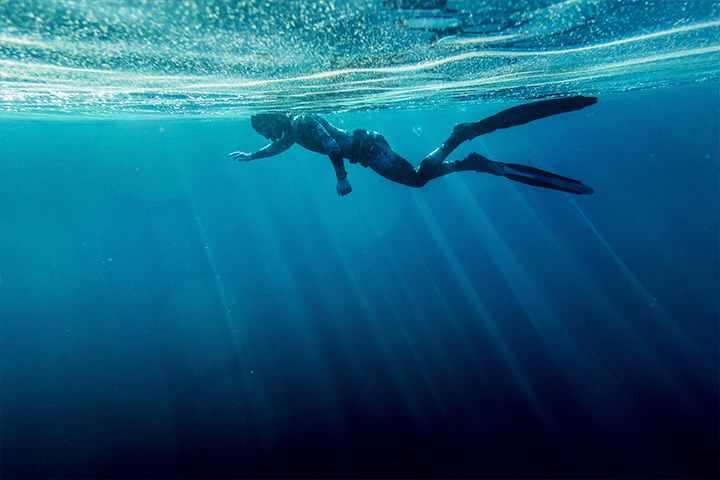Swimming is something we learn, not something we’re born with—yet for thousands of years, humans have been irresistibly drawn to the water. From ancient riverbanks to Olympic podiums, our connection with swimming runs deeper than just staying afloat. Why do we do it? The answer winds through the currents of evolution, survival, and culture, revealing a story that spans continents and centuries.
Born to Walk, Yet Drawn to Swim
Humans aren’t natural swimmers like dolphins or fish. We have no fins, scales, or gills. Still, we’ve learned to thrive in water—sometimes out of necessity, sometimes out of choice. One theory even suggests that our early ancestors may have evolved near aquatic environments. Known as the aquatic ape hypothesis, it proposes that features like our upright posture, breath control, and even sparse body hair may be subtle signs of early semi-aquatic adaptations.
While scientists debate this theory, one thing is clear: early humans depended heavily on water. Lakes and rivers were lifelines—for hydration, food, transportation, and survival. The act of swimming might have started as a practical tool, but over time, it became something more—a skill, a sport, and for many, a joy.
Cultures That Were Born in the Water
Swimming has left its mark in almost every part of the world, not just as a means of survival but as a deep part of human culture and identity.
Ancient Worlds Beneath the Surface
Thousands of years ago, Egyptians painted swimmers on tomb walls, showcasing graceful strokes through the Nile. The Greeks and Romans viewed swimming as essential to both body and mind—taught alongside rhetoric and war tactics. Roman bathhouses even served as early versions of social clubs, where water was the center of both hygiene and community life.
Water Warriors and Poets of the East
In medieval Japan, samurai trained in water-based martial arts, mastering swimming techniques not just for strength, but for strategy. In China, swimming appeared in poetry and philosophy, a natural extension of harmony between the human body and nature.
The Ocean Is Home
For the Bajau people, often called “sea nomads,” the ocean isn’t just a resource—it’s a home. These Indonesian and Malaysian communities spend much of their lives in the water, diving deep without oxygen tanks, their bodies adapted over generations for life at sea.
From the Shadows to the Spotlight
During the Middle Ages in Europe, swimming was oddly viewed with suspicion—linked to immodesty or even illness. But by the 1800s, public bathhouses and formal competitions helped restore its reputation, paving the way for swimming to become a global sport and leisure activity.
What Swimming Means to Us
Swimming isn’t just about movement—it’s about meaning. Across time and cultures, water has symbolized freedom, rebirth, and renewal. Religious rituals like baptism rely on the transformative power of water. In literature and film, characters dive into lakes and oceans not just to escape danger, but to confront themselves—to grow, to change, to begin again.
Swimming is also one of the few activities where we can feel both weightless and powerful. In the water, we are suspended, unburdened by gravity—free to float, glide, and breathe in ways we can’t on land. For many, this sensation is not just exercise, but meditation.
Modern Swimming: More Than Just a Sport
Today, swimming touches every part of society. It’s a professional pursuit for elite athletes and a survival skill for young children. It’s therapy for the injured, a calming escape for the stressed, and a source of pride in communities worldwide.
Yet, it’s not equally accessible to all. Socioeconomic barriers, limited access to swimming lessons, and historical inequalities have made swimming a challenge in some parts of the world. Thankfully, global initiatives are changing that—introducing swimming programs in underserved areas and promoting inclusivity in aquatic sports.

Tinggalkan Balasan